Canon has just unveiled the RF 5.2mm f / 2.8 L Dual Fisheye lens for EOS Mirrorless cameras. It is an ambitious one double fisheye intended for video recordings for virtual reality.
The presentation video is full of information and with some processing previews, a little less on the final results; here’s what Canon says:
Note the careful use of the tripod during shooting: the central column used horizontally to avoid framing the tripod feet.
RF 5.2mm f/2.8 L Dual Fisheye Lens è perfect for the R5 mirrorless camera as it allows you to record in 8K format. Two circular images will be formed on the frame, each for each lens. The circular images frame 190 ° of reality; the optics are separated by 60mm of distance, in order to reproduce the same depth perception of human sight.
RF 5.2mm f / 2.8 L Dual Fisheye is intended for 180 ° VR shooting
The shot is intended for all visual experiences with VR viewers; the recorded scenes can be viewed on a VR viewer and enjoyed by simply rotating the face. The shots start from the tip of our feet up to above our head and horizontally for just over 180 °. It will obviously not be possible to turn your head to see back; even if it seems limiting, it actually makes a lot of sense as those who live the VR experience do not feel obliged to rotate on themselves, moreover, staggering and nausea are avoided.
The double registration (with separate points of view such as the eyes) returns the important sensation of depth; the workflow then provides a special plug-in for Adobe Premiere which allows conversion to equirectangular format, typical for the 180 ° / 360 ° VR world.
Compared to similar solutions from other companies, the Canon RF 5.2mm f / 2.8 L Dual Fisheye leans against a relatively affordable 8K mirrorless. That abundance of resolution is ideal for the VR experience, so allocate 4K of information for each eye. Similar results can be obtained with other equipment at the cost of actually having to manage two cameras with related alignment and synchronization problems. Canon’s solution, on the other hand, simplifies the workflow, both at the hardware and at the software level.
We already know the availability for the American market: at the end of December 2021 for a price of $ 1999.00. Support software (EOS VR Utility e EOS VR Plug-in with Adobe Premiere Pro) will be available in the same period, apparently by taking out a subscription.






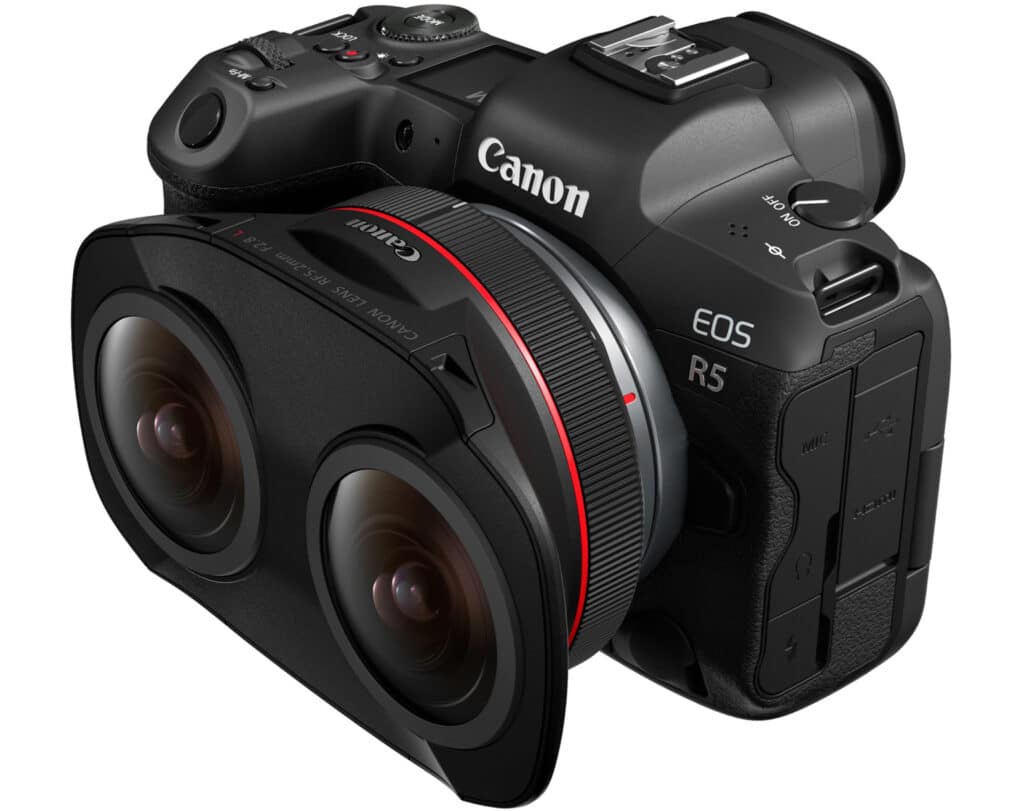
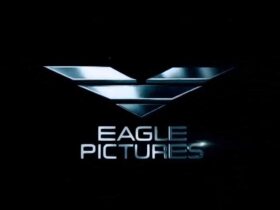




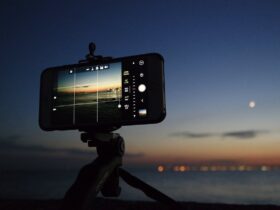
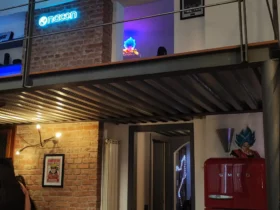

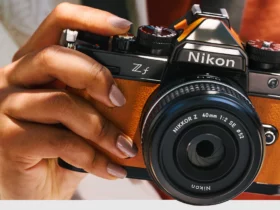
Leave a Reply
View Comments